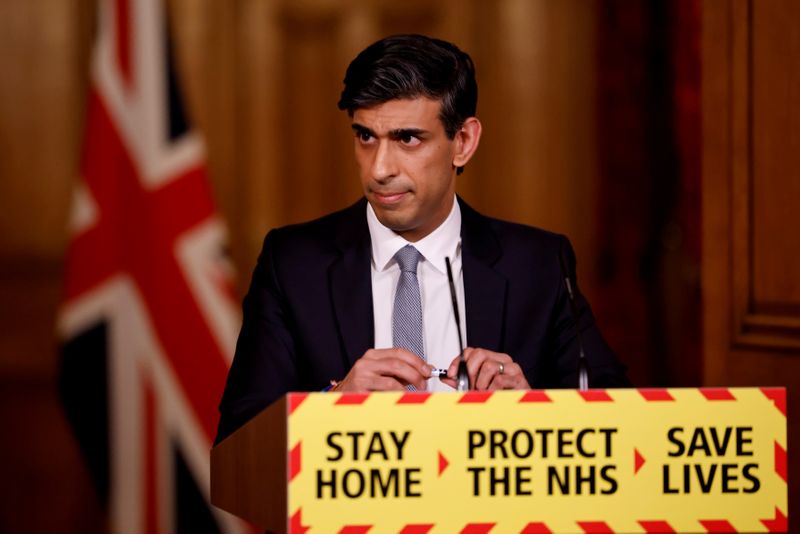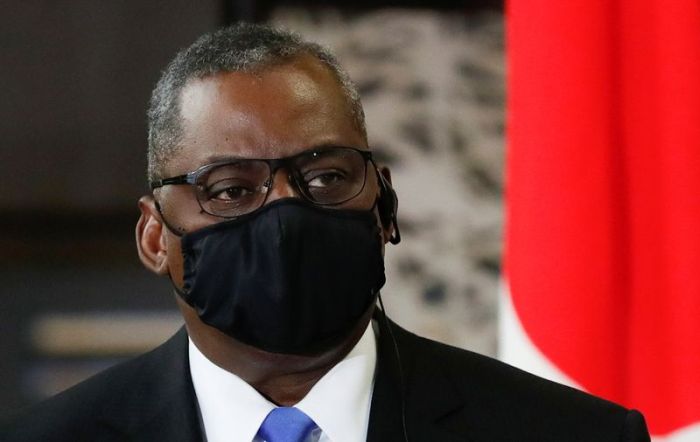LONDON (Reuters) – Britain’s borrowing to pay for the coronavirus crisis is likely to be a little less huge than forecast in the financial year about to end, but the deficit remains on course to be by far the biggest since World War Two.
The government borrowed 19.1 billion pounds ($26.6 billion) last month, less than the 21.0 billion pounds forecast in a Reuters poll although still a record for February.
January’s borrowing was revised down by 5.6 billion pounds, largely reflecting lower government procurement spending, the Office for National Statistics said.
Finance minister Rishi Sunak responded to the COVID-19 crisis last year by ramping up spending on jobs and income protection, welfare and the health service and cutting taxes.
That helped take the budget deficit in the first 11 months of the financial year to almost 279 billion pounds, the highest in peacetime relative to the size of the economy.
The Office for Budget Responsibility said it was now likely that borrowing would come in below the estimate of almost 355 billion pounds that it made two weeks ago.
The year-to-date figures published on Friday by the ONS do not include the 27.2 billion pounds of COVID-19 loan write-offs that the OBR estimates will need to be made.
The OBR said the expected undershoot reflected greater under-spending by government departments than it had forecast.
MORE STIMULUS
Sunak on March 3 announced a further 65 billion pounds in stimulus to help the economy through what he hopes will be a gradual lifting of restrictions by the end of June.
Responding to Friday’s data, Sunak said his total 352 billion pounds of COVID-19 measures had been the responsible thing to do.
“But I have always said that we should look to return the public finances to a more sustainable path once the economy has recovered and at the budget I set out how we will begin to do just that,” Sunak said in a statement.
Sunak’s March 3 budget represents what the Bank of England has called a “material fiscal loosening in the near term” but there will be tax rises and a reduction in spending further out.
The Institute for Fiscal Studies, a think tank, said most of the planned spending cuts were “simply unrealistic, and borrowing or taxes will be higher than planned.”
The government is already under pressure to rethink its planned 1% pay increase for health staff.
Borrowing in the next financial year, which starts in April, is estimated to fall to 234 billion pounds according to the OBR, still more than four times the deficit in 2019/20.
Public debt in February stood at 2.131 trillion pounds or 97.5% of annual economic output, holding at levels not seen since the early 1960s, the ONS said.
($1 = 0.7184 pounds)
(Reporting by David Milliken and William Schomberg; Editing by John Stonestreet and Andrew Cawthorne)

























